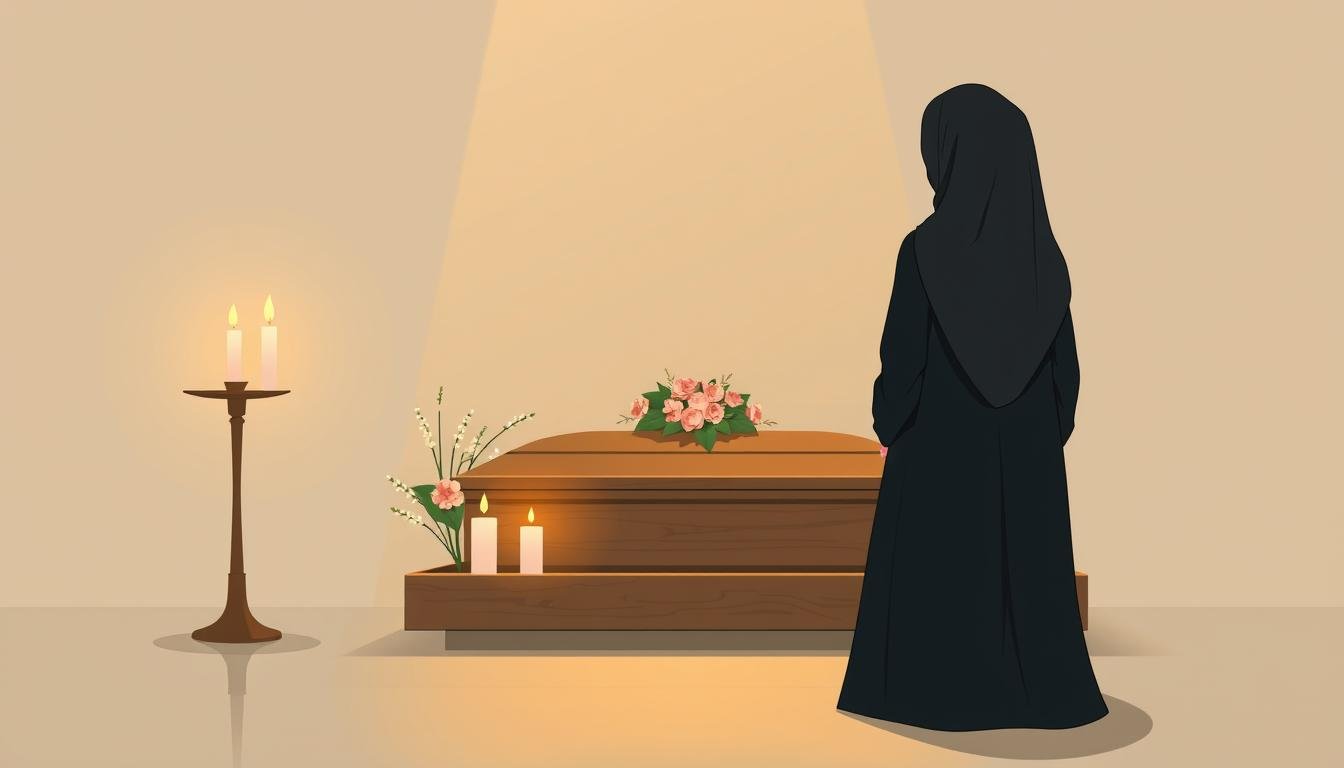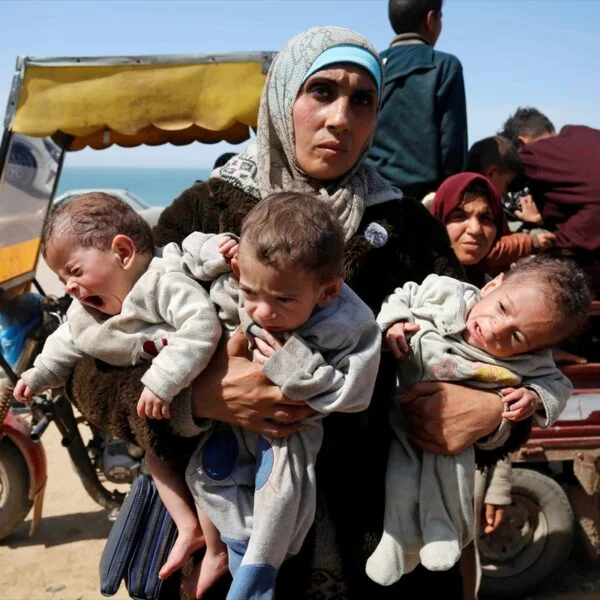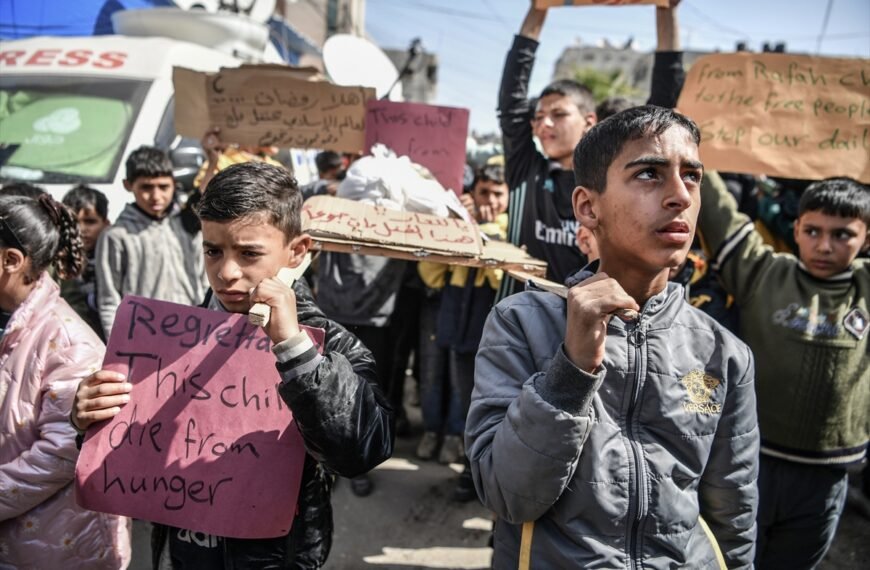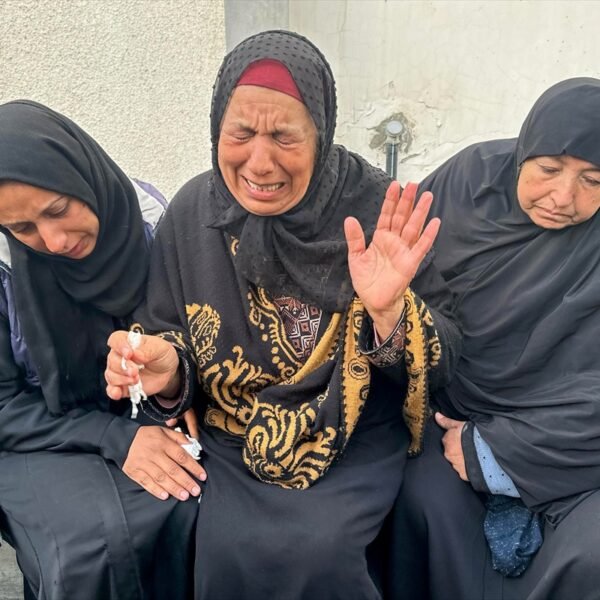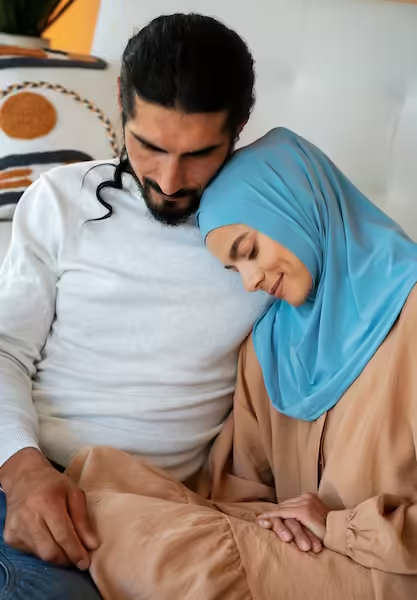I’ve been to funerals where clothes felt like prayers. Going to a Muslim funeral is balancing tradition and comfort. When culture meets modern choices, questions arise.
Is wearing trousers okay for women at an Islamic funeral? It’s not just about clothes. It’s about respect, community, and funeral in Islam rules. I’ve studied these rituals for years, and it can be confusing.
Are leggings under a skirt okay? Do jeans show disrespect? These doubts are common, as rules vary by family or region.
Entering a place with different Muslim funeral dress code expectations can be scary. But, our clothes show respect for the deceased and their community. This article doesn’t just say yes or no.
It dives into modesty, cultural diversity, and how to be respectful. Whether you’re a Muslim woman or a guest, this guide helps. It connects tradition and modernity, focusing on dignity in life and death.
Understanding Islamic Funeral Traditions and Etiquette
Islamic funeral customs mix spiritual depth with community unity. They guide how Muslims around the world honor the dead. These rituals, based on the Quran and the Prophet’s teachings, focus on simplicity, dignity, and remembering together.
The Janazah prayer is at the heart of these customs. People line up facing Mecca and pray together for the soul of the deceased. Each region adds its own twist to these practices.
Key Elements of Muslim Funeral Services
The Janazah prayer is central to Muslim funeral traditions. It happens quickly after death, often in 24 hours, to show life’s shortness. The body is washed and wrapped in white cloth, showing equality before God.
Burials face Mecca, with mourners adding soil to the grave. This act shows humility. These quiet actions reflect Islam’s value of simple respect.
The Importance of Modesty at Islamic Funerals
Modesty is key at Islamic funerals. It’s not just about clothes. It’s about the whole atmosphere. People remove shoes, speak softly, and wear simple clothes.
Women often wear head coverings and long sleeves. But, what they wear can vary by culture. This focus on modesty keeps the attention on the deceased, not on worldly differences.
Regional and Cultural Variations in Muslim Funeral Customs
In some places, women play a big role in funerals. In others, they may not be there. The use of grave markers also varies, from simple stones to elaborate monuments.
These differences show how Muslim funeral traditions adapt to local cultures while staying true to their faith. Knowing these variations helps outsiders show respect.
Islamic Dress Code Principles for Women
The Islamic modest dress code for women is based on important religious values. It focuses on dignity and respect. The idea of awrah in Islam is key—it’s about covering private parts in public.
The Quran and hadith talk about covering the body. They say it helps with modesty (hayā’), reduces distractions, and keeps communities moral.
“O Prophet, tell the believing women to lower their gaze and guard their private parts and not reveal their adornment except what normally appears.” (Quran 24:31)
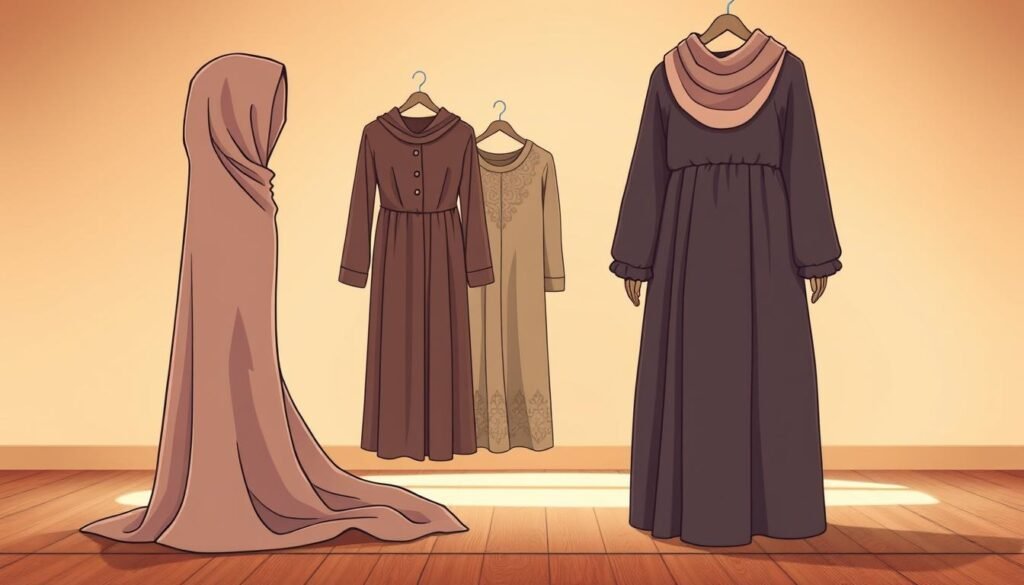
At the heart of women’s Islamic clothing requirements is finding a balance. It’s between following religious rules and respecting cultural norms. The awrah for women in public usually means covering everything but hands and face.
But, there’s some debate on this. For example, the Hanafi school says it’s okay to show hands and face. Others think more should be covered. This shows Islam can be flexible while keeping its core values.
It’s also important to understand cultural differences. In some places, headscarves or certain styles are common. But, these are often based on local traditions, not strict religious rules. Knowing the difference between divine commands and social norms is vital.
My research found that even among Islamic scholars, there’s debate. They question if the neck or feet should be covered. These debates help us understand the dress code better.
These rules guide how women dress for important events like funerals. In these settings, modesty is even more important. But the main idea is to dress in a way that doesn’t draw attention and respects religious teachings.
By explaining these points, we can build respect among different Muslim communities. It helps us understand each other better.
Can a Woman Wear Trousers to a Muslim Funeral?
At Muslim funerals, what’s important is being modest, not the clothes you wear. Islamic teachings say to cover the body well. This means wearing loose-fitting clothes that don’t show your shape.
Many agree that pants at Islamic funeral are okay if they are wide and don’t show through. They should be worn with long tops that cover the knee. The important thing is that the clothes don’t cling or show too much.
Culture also plays a big part. For example, 85% of Muslim women like loose trousers or skirts for funerals. They want to be modest but also comfortable.
In some places, like the Middle East or South Asia, traditional clothes are preferred. But in some U.S. mosques, trousers are more accepted. It really depends on where you are.
Now, 60% of families send out invitations with dress codes. They usually ask for dark colors. If you wear trousers, make sure they are loose and you have a headscarf on.
Non-Muslims should keep it simple. Wear dark colors and avoid flashy things. It’s always good to ask the hosts what’s best.
In America, many Muslim women mix modern and traditional styles. They might wear wide-leg trousers with socks. The main thing is to be modest and show respect.
Appropriate Alternatives to Consider
Choosing the right outfit for a Muslim funeral is key. It shows respect for faith and community. Women can wear long skirts or dresses that are floor-length and loose. These styles follow the hijab rules.
These outfits can be made of simple cotton or light fabrics. They mix tradition with comfort. Dark colors like navy or charcoal are best, as they show respect without drawing attention.
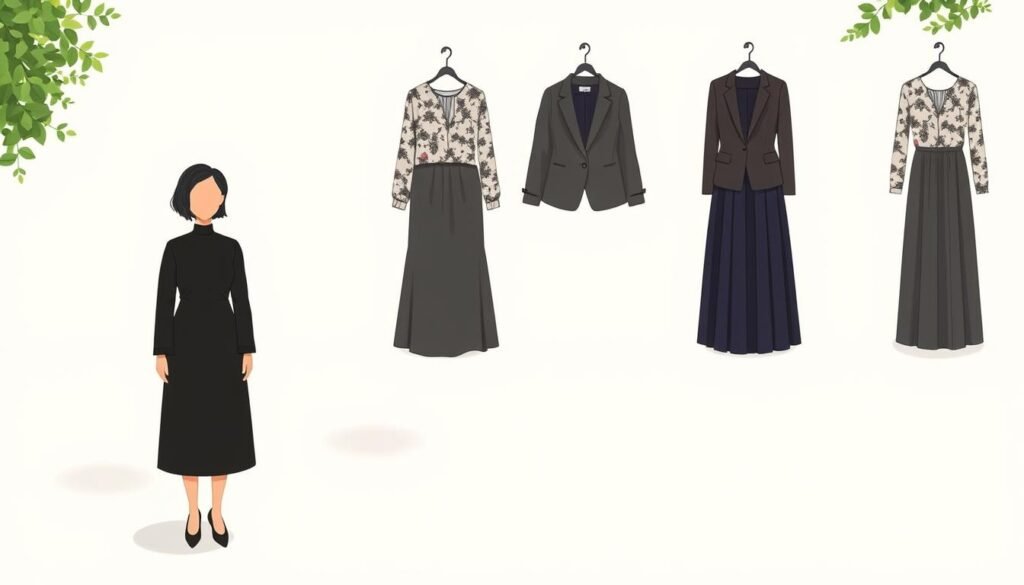
Abayas are another good choice for Islamic funerals. These flowing clothes, with headscarves, follow the awrah rules. They cover from wrists to ankles but allow for movement.
Modern abayas mix classic looks with new details. This makes them easy to wear, even if you don’t wear them often. For Western styles, layering is important. A long tunic over leggings or a blazer with wide-leg pants works well.
Think about the fabric too. Stay away from sheers or tight weaves. A simple dress becomes modest with a long cardigan or shawl. Black is usually the safest choice, but muted earth tones are okay in some places.
“Modesty is not about restriction—it’s about expressingin respect through intention,” shared cultural scholar Fatima Khan at a recent interfaith forum.
There’s a lot of flexibility in Islamic rules. Sites like Endwll help 30 million users choose modestly. Whether it’s an abaya or a favorite dress, the goal is the same. It’s to honor the deceased and respect the event’s spiritual nature.
Getting advice from local elders or family members helps too. It makes sure everyone is on the same page. This turns uncertainty into a sign of unity.
Perspectives from Different Islamic Schools of Thought
Islamic scholars stress the importance of modesty in women’s dress. But, they have different views on what to wear to funerals. The rules for attending Muslim funerals vary, based on these differences.
For the Hanafi school, modesty is key. They say loose pants and long shirts are okay if they don’t draw attention. Maliki scholars, on the other hand, consider local customs important. They see these customs as part of what’s acceptable to wear.
Shafi’i and Hanbali schools prefer traditional clothes like abayas. This shows their conservative views on gender. Jafari scholars agree on covering but might allow for more sleeve length. These differences come from different ways of looking at the law.
Today, scholars are moving towards more flexibility while keeping the core values. The 1977 Golden Crescent Group seminar showed that “outer garments” were for safety, not strict style. This reminds us that modesty changes but keeps its moral value.
When we go to funerals, it’s important to balance the teachings of different schools with local customs. This way, we respect both God’s guidance and human variety. This balance is at the heart of Islam’s wisdom.
Practical Considerations When Attending a Muslim Funeral
Getting ready for a Muslim funeral preparation means knowing cultural and religious rules. Different cultures have their own ways of dressing for a Janazah service. For example, some families like floor-length abayas, while others prefer tailored suits. In the UK, over 2.7 million Muslims follow these traditions, but customs change worldwide.
Understanding the Family’s Cultural Background
First, see how the family honors their culture. In Nigeria, bright Ankara fabrics are common. In Bosnian communities, navy or black is preferred. Knowing this helps you pick the right outfit for the what to wear to Islamic funeral.
Even small things, like wearing clean, neutral socks, are important. This is because you’ll remove your shoes during prayers.
Inquiring Respectfully About Dress Expectations
If you’re unsure, ask the host or the mosque. A simple question like, “Could you advise on respectful attire?” shows you care. For more help, check out this article for tips on what to wear. It also talks about covering elbows and knees.
Remember, a hijab or scarf is a must for women, even if they don’t wear one every day.
Preparing Your Attire and Appearance
Choose clothes that are modest but comfy. Stay away from synthetic fabrics in hot weather. Women should bring a spare headscarf and closed-toe shoes.
Wear minimal jewelry and perfume. This way, the focus stays on the person who passed away. These actions show respect and follow the Prophet’s teachings on humility in grief.
Non-Muslim Women Attending Islamic Funerals
For non-Muslim women at Islamic funerals, it’s key to find a balance. They should respect the customs while feeling comfortable. It’s important to know the rules to honor the tradition without feeling out of place.
Balancing Respect with Personal Comfort
Muslim funerals stress wearing modest clothes. Non-Muslims should choose loose, dark outfits that cover well. This shows respect for the tradition.
The Quran talks about dressing modestly, as shown here. Skirts are best, but trousers are okay if they’re modest. A scarf or shawl is good for covering the head.
What to Bring and How to Behave
Always take off your shoes when entering. Bring a scarf and dark clothes. It’s best to sit at the back and be quiet.
Don’t join in the prayers, but stay to show respect. After the service, giving food to the family is a nice gesture. This is what most people prefer.
Being humble helps make connections. These steps show respect for the family’s loss and keep your dignity. Small acts, like asking about customs or bringing food, help bridge cultural gaps.
FAQ
Is it permissible for women to wear trousers to a Muslim funeral?
What constitutes appropriate funeral attire according to Islamic teachings?
How do cultural variations impact the dress code for funerals?
What is the significance of modesty during Muslim funerals?
Can non-Muslim women wear trousers to a Muslim funeral?
What should someone consider when preparing their attire for a Muslim funeral?
Do Islamic dress codes differ by school of thought?
How can non-Muslim women demonstrate respect at a Muslim funeral?
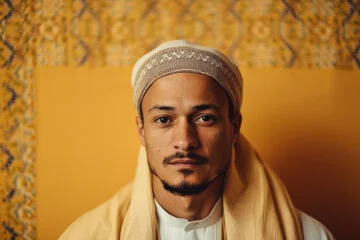
Embracing Faith, One Insight at a Time!
The teachings of the Quran have always guided my path. With a deep passion for Islamic knowledge, I strive to blend the wisdom of tradition with the relevance of today, making the timeless messages of Islam accessible and meaningful for everyone.
Muslim Culture Hub is my platform to share historical insights and thought-provoking articles, exploring both well-known and lesser-discussed aspects of Islamic culture and beliefs. My mission is to create an inclusive online space where everyone can learn, strengthen their faith, and connect with the profound message of Islam.
Join the journey!
May peace be upon you.

